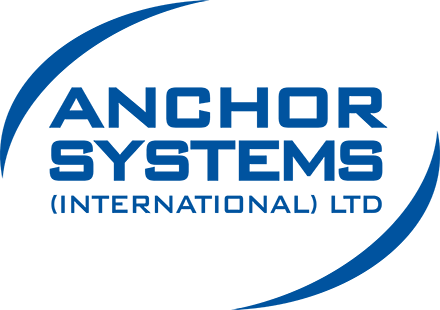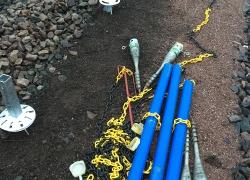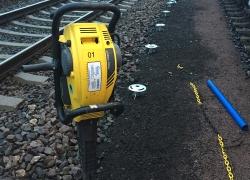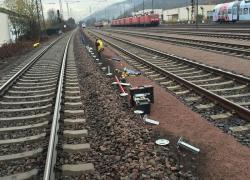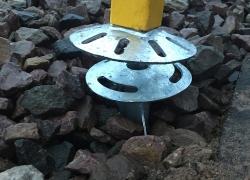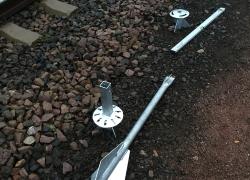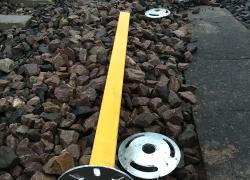Deutsche Bahn Handrail System
- CLIENT : Deutsche Bahn Germany
- INSTALLER : CTS Germany
REQUIREMENT
Installation location was in the 6ft area between tracks of the main train route at Trier station Germany. Ground conditions were favourable for an Anchor Post installation as the Contractor was installing in good compacted ground adjacent to ballast. On observation the SPT’s were somewhere between n=10 and n=20.
The use of the Anchor Post Solution was a replacement of a temporary handrail system that was produced out of some form of plastic column and chain link system, mounted onto an old Krinner post system. Deutsche Bahn had condemned this handrail system and required a more robust replacement.
Anchor Post was being tested as an alternative foundation solution and Deutsche Bahn were present to review and approve the Anchor Post handrail system. The mounted handrail system was produced from GRP and connected to our bespoke interface plates produced for the GRP.
SOLUTION
To begin with the existing handrail system was removed and taken offsite. The 30No. 1200mm Anchor Post positions were marked as per the modular GRP handrail system at 1.5m centres. The Anchor Posts and interface plates were loaded out and placed at the installation positions.
The Cobra Pro installation percussion drive was used to install the Anchor Posts. Each Anchor Post was being installed in about 45-60 seconds once the process of installation was started. There were instances where the drive steel within the Anchor Post could get stuck after the process of installation. The drive steel was easily removed using the extraction equipment.
The speed of the installation can clearly be seen to be created by the installation method being driven from the base of the Anchor Post. The energy from the impact of the Cobra Pro was delivered directly to the installed position at ground level.
A 45m GRP complete Handrail system was installed with the removal of the old system within one shift of between 5-7 hours. The Interface plates provided good flexibility to the fixing and positioning process. In many instances the installation process could not exactly provide a line and level that was always accurate at ground level. The domed connection plates allowed for any misalignment on a 360-degree basis on plan and up to 7 degrees of misalignment from the vertical.
It could be seen that the Anchor Post solution provided a number of installation attributes that did not require any additional parts to be added to the mounting of the GRP handrail on to the Anchor Post system. Time savings were evident due to the speed of installation from conventional systems and alternatives. A safer working environment was also achieved by minimising the time on site during train running hours.
